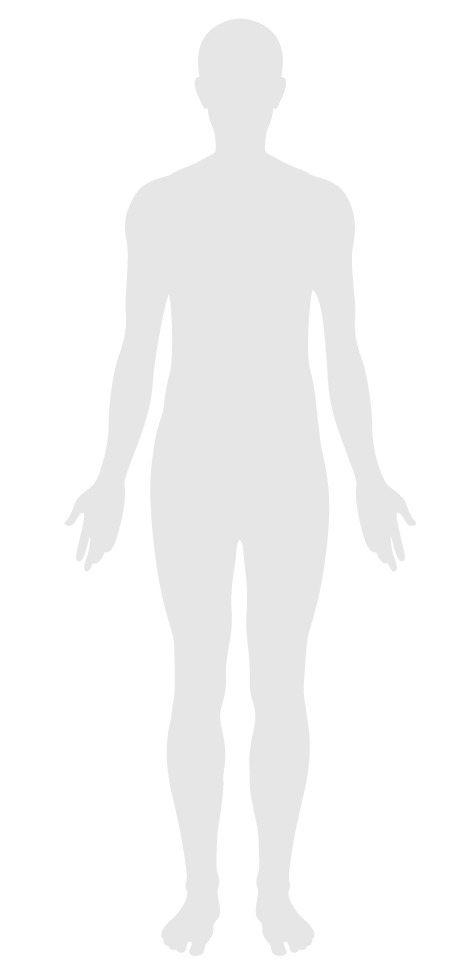Strategic Dining Design
- 38 Fruits and vegetables
- 39 Processed foods
- 40 Food allergies
- 41 Hand washing
- 42 Food contamination
- 43 Artificial ingredients
- 44 Nutritional information
- 45 Food advertising
- 46 Safe food preparation materials
- 47 Serving sizes
- 48 Special diets
- 49 Responsible food production
- 50 Food storage
- 51 Food production
- 52 Mindful eating
- P1 Food environment
- P7 Strategic Dining Design
P7. Strategic Dining Design
To create an eating environment that promotes healthy food consumption choices.
The way that dining environments are designed can shape eating habits through the way certain options are presented over others. Dining areas that offer healthy options while increasing the appeal and visibility of healthy foods have a positive impact on the formation of healthier eating habits, while dining spaces with easily accessible unhealthy foods can more easily allow opportunities for unhealthy decisions.
Early education, elementary, middle and high school cafeterias, if present, meet the following requirement:
The following requirement is met:
The following requirements are met:
The following requirement is met:

Applicability Matrix
| Commercial Kitchen | Education | Multifamily Residential | Restaurant | Retail | |
|---|---|---|---|---|---|
| Part 1: Assessment Scorecard | - | P | - | - | - |
| Part 2: Healthy Food Convenience | - | P | - | O | - |
| Part 3: Seating Choice Variety | - | - | - | O | - |
| Part 4: Quiet Dining Zone | - | - | - | O | - |
Verification Methods Matrix
| Letters of Assurance | Annotated Documents | On-Site Checks | |
|---|---|---|---|
| Part 1: Assessment Scorecard | Assessment Scorecard | ||
| Part 2: Healthy Food Convenience | Visual Inspection | ||
| Part 3: Seating Choice Variety | Spot Check | ||
| Part 4: Quiet Dining Zone | Spot Check |
| P7.2.a |
Smarter Lunchrooms Can Address New School Lunchroom Guidelines and Childhood Obesity uses an intervention that features a "healthy convenience line" for healthy foods, including fruits and vegetables. |
| P7.1.a |
The Smarter Lunchrooms Self-Assessment Scorecard is a tool that can be used to assist school administrators in evaluating lunchrooms and identifying areas for improvement. A score of 70 or higher indicates an achievement of Smarter Lunchrooms Gold. |
| P7.3.b |
Slim by Design notes that people sitting at dark tables or booths seem to consume heavier foods and larger quantities of food. |
| P7.3.a |
Slim by Design notes that people sitting at high-top bar tables seem to order more salads and fewer desserts. |
| P7.4.a |
Slim By Design notes that restaurants could have a TV-free section for some patrons. |
